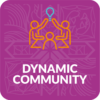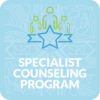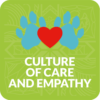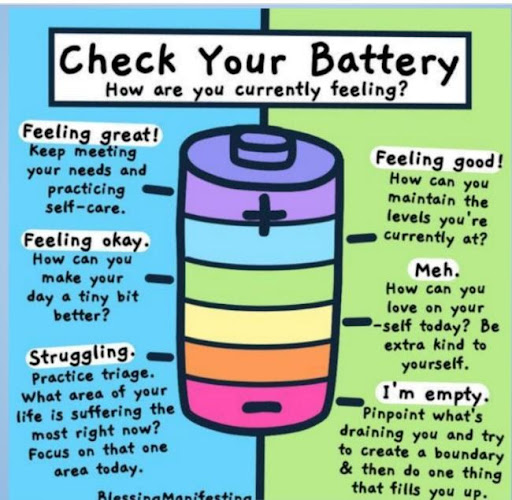 Adversity is something that we face from the moment we are born. And as parents, there is the added role of guiding their child/ren at moments of adversity, ensuring their well-being is taken care of. From toddlers grappling with language to child/ren making their way through adolescence and blossoming into teenagers, life can grow even more complex for both parent and child.
Adversity is something that we face from the moment we are born. And as parents, there is the added role of guiding their child/ren at moments of adversity, ensuring their well-being is taken care of. From toddlers grappling with language to child/ren making their way through adolescence and blossoming into teenagers, life can grow even more complex for both parent and child.
At The International School of Kuala Lumpur (ISKL), we organize workshops regularly featuring parenting tips to help support the development and growth of your child/ren’s needs at home. Here is a summary highlight from a workshop that focused on mindfulness and how to ground ourselves so that we do not get distracted by everything happening around us.
To give a clearer picture of what mindfulness is all about, ISKL Elementary School (ES) Counselors Chris Wright, Emma Gedge, and Lynn Kogelmann conducted a short workshop for ES parents to explain how being mindful can help child/ren as well as adults maintain attention and focus on the things that matter.
To start, Lynn showed an illustration of a battery indicating various energy levels. Parents were encouraged to run through the chart as a quick and straightforward way to check in on their feelings.
“We are often asked whether the glass is half full or half empty, but if we are mindful, it can also mean the glass is refillable. Being mindful is about changing our headspace, moving from being in the amygdala (the feeling part of the brain that tells us to fight, flight, or freeze) to our prefrontal cortex (the thinking part of the brain which regulates emotions, behaviors, and decision-making),” Lynn explained.
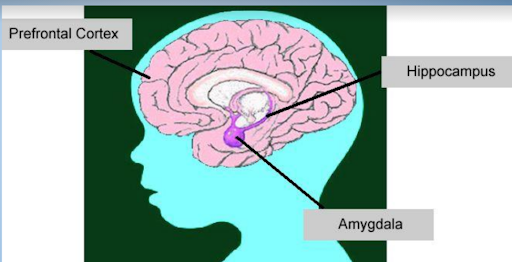 You can do various activities individually or together with your child/ren to help you calm down and focus. Emma shared about the different activities that can help you achieve this:
You can do various activities individually or together with your child/ren to help you calm down and focus. Emma shared about the different activities that can help you achieve this:
“Mindfulness is about bringing ourselves back to the present, focusing on where we are and what we are doing in there, and being mindful of the space that we are in. When students and adults get carried away with our thoughts, thinking about what happened before, and what is about to happen, grounding can bring us back to our space.”
Grounding
In times of stress, get the kids to name five things in descending order, such as five colors, four shapes, three soft things, two people, and one book they can see. Adults can focus on things they can see, feel, hear, smell, and lastly, one good thing about themselves. Another activity would be to name things that you can see around you, starting with different letters. By the end of the activity, you will find that you can focus and think better.
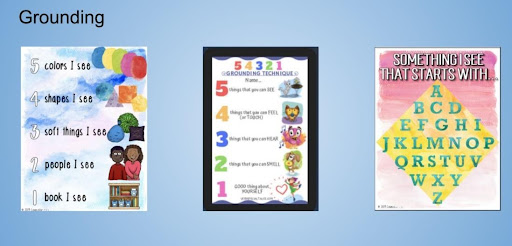
Senses
Using the exact counting down method, child/ren can engage their senses by smelling different things that they have at home, especially in the kitchen, tasting different foods, and touching other items to feel textures.
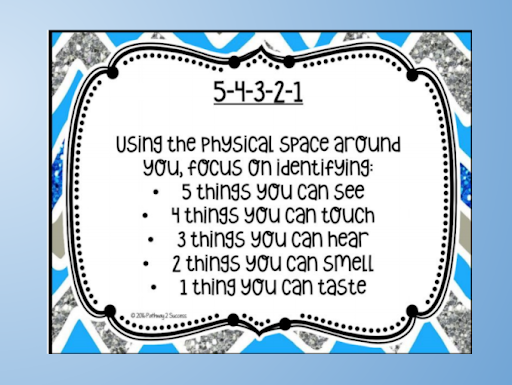
Movement
Some students have a high need for exercise, so it would be good to incorporate some movements such as the Heartbeat Exercise, whereby they can do jumping jacks or run on the spot, dance to their favorite songs, and then slow down the pace. As they sit down, get them to place their hand over their heart to feel their heartbeat.

Chris added on to the strategies toward mindfulness and talked about gratitude which is a wonderful way to ground yourself when your day might not be going so well for your child or you. One way would be to write these down and pop them into a jar to review later. Other ways to note this would be through journaling or drawing pictures.
“It is proven through science that gratitude can help the brain rewire thinking and create positive emotions. Try gratitude with something as simple as posting three things a day that you or your child is grateful for.” she explained.
If we feel stressed, fatigued, or frustrated, the body will react naturally – your heart rate may start to elevate, you might get sweaty palms, and you may feel you want to move away mentally from something that is making you worried. When we feel like something is not going well or are feeling stressed, breathing is one of the best ways to help regulate the body’s reactions.
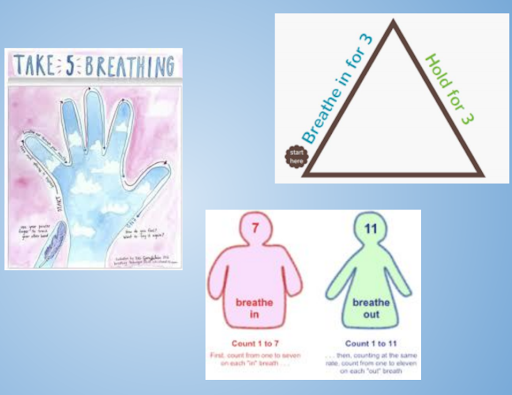
It could be even as simple as having the child/ren breathe into their hands. The brain can only focus on one thing at a time, so when you do this, the breathing motion replaces the anxiety that might be happening inside of the brain and allows for that idea of the thinking, the feeling part of the brain, to become connected.
“There are various breathing methods which the ES child/ren would probably be familiar with, such as the Snail or Roller Coaster. The idea is for the breathing activity to be slow and regulated to gain control over what they want to do next. These strategies can help you, and your kids hit the pause button so that we can ground ourselves and focus on what needs to be done, rather than worry about some other problem.”
Last but not least, Chris also suggested some apps popular with child/ren that can also help with mindfulness, such as Cosmic Kids, Headspace, and Calm, among others.
For more helpful parenting tips like this, follow ISKL’s Facebook, Instagram, read our blog and watch our curated Parenting Tips playlist on our YouTube channel for more parenting tips!
